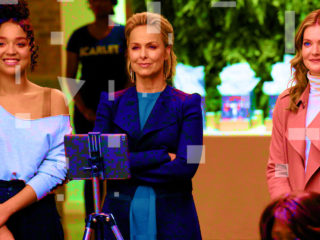A simple recipe to overcome our unconscious biases
This was a big one for me.
I’ve recently realised that as a designer, a woman of colour, I still retain certain unconscious bias which is deeply ingrained within.
When talking about ‘target audiences’ at one of my workshops, I realised the default image in my mind was that of a white woman.
Now, this is normal and (not really) okay. We have been showered with images (from
childhood) via newspapers, magazines, tv programs, films, and social media, that put a more frequent and positive light on the white woman/man, while disproportionately keeping out others from that spotlight. So, even for me as a woman of colour, it’s difficult to bring images of women
or men of colour to mind when considering specific target audiences.
I know that if I wasn’t educating myself on these issues and having conversations and reading about them, I would not have noticed I had a bias.
It all starts with first being curious and wanting to be better as a designer.
As designers, I feel that it is our responsibility to bring these issues into the spotlight during our processes. We shape the visual world by identifying who our designs or tools need to be talking to by identifying the users and target audiences. So we need to start looking beyond the norm that we’ve been exposed to and start questioning our biases and the rest is easy.
Now, once you have identified a bias, the next step is crucial because that’s where the change happens. We now need to call ourselves out by voicing it and bringing the attention of our client to the bias – Is that what they want for their brand? I’m going to guess that it’s not!
Once you call yourself out, this can become a conversation and a conscious decision to
include BIPOC, people with disabilities, and people of different sexual orientations.
Once you call yourself out, it becomes easier for the clients or co-workers to feel at
ease and accept their own biases. There is no shame about it, we all have it. Having shame
or guilt is not going to get us anywhere; acceptance is going to, though.
If we see it, we should accept it, and when we accept it, we can change it.
So here is a simple recipe from me:
– Educate yourself
– Observe your biases
– Accept and own it
– Call it out
– Look at options to change or challenge it
– Rinse, Repeat until your norm changes


Leave a Reply